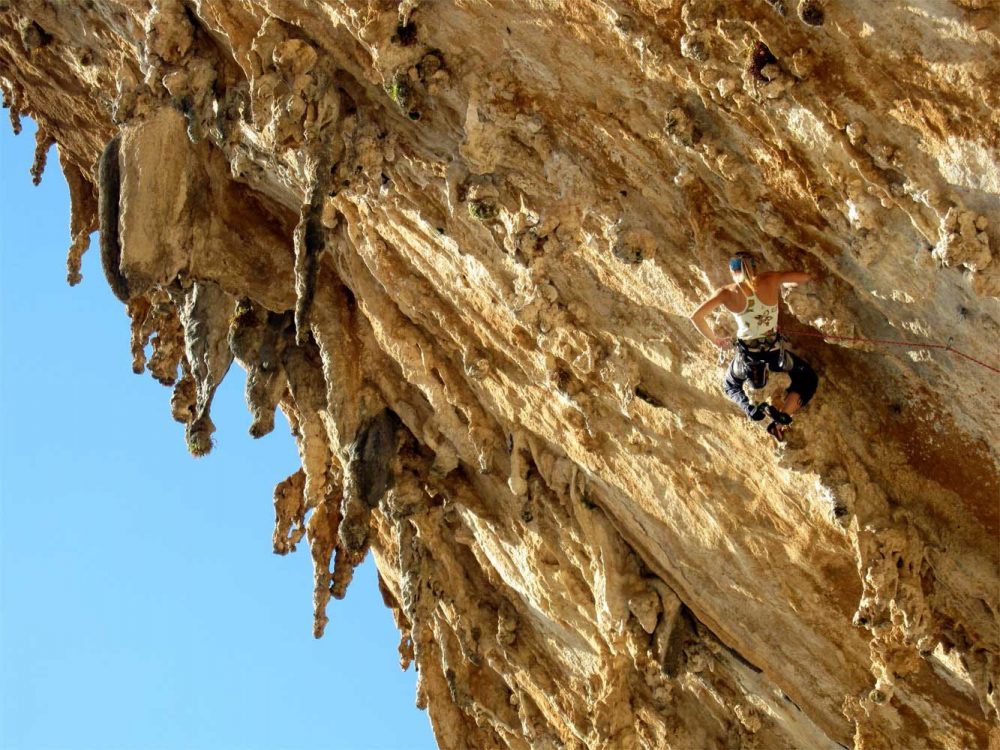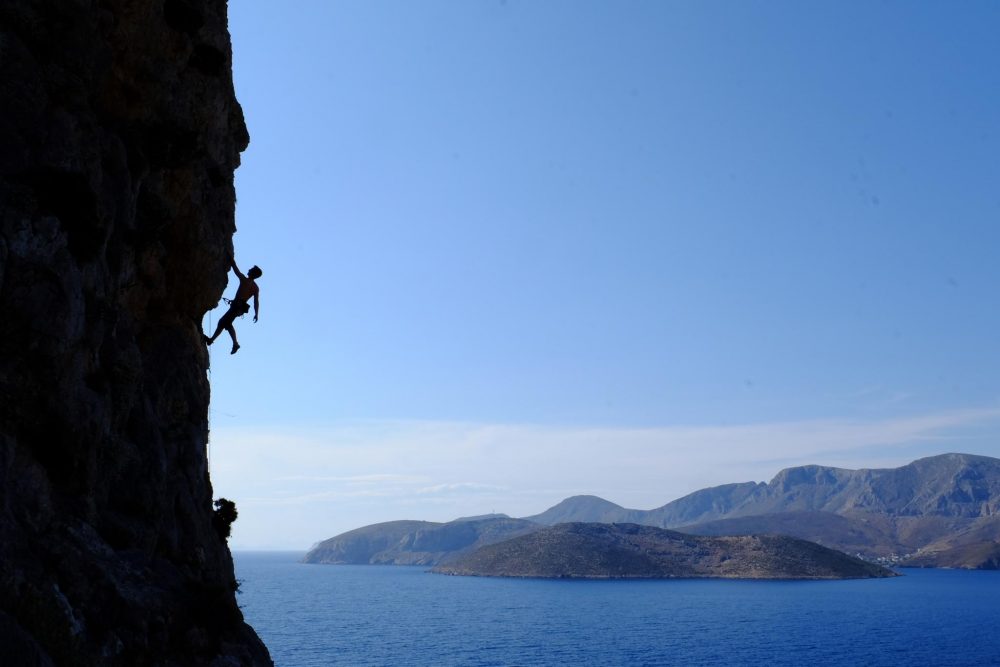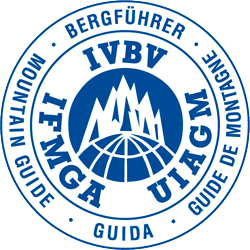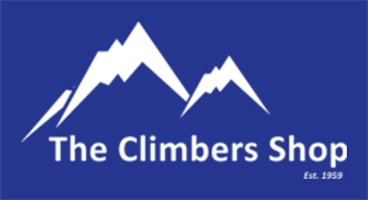Red-Pointing - Tips and techniques
Verb - To climb a route from bottom to top cleanly without any artificial rests such as sitting on the rope, but the quickdraws are already pre-clipped into the bolts and you will have worked and practised every move on the route beforehand.

My thoughts on maximising your efforts when 'red-pointing' a route.
Choose a route harder than your on-sight grade (To climb a route that you’ve not climbed before, leading it from bottom to top without resting or falling off and placing your own quickdraws as you climb) but be realistic in the time you have to complete the route. If you’re away on holiday, then you may have a number of days to work the route to finally red-point it, so you may choose a route two or three grades harder than your on-sight grade. If you’ve only got a day then you may choose a route just one grade harder than your on-sight grade.
Once you’ve chosen your route, warm up by clipping climbing the route in short sections bolt-to-bolt resting at each bolt. Try and do this using as little energy as possible, warming up at the same time. The best way is by making just enough moves up to each bolt then clipping the bolt with the quickdraw as soon as possible. Keep hold of the quickdraw pulling most of your weight onto it then, with the other hand, clip the rope into the other end of the quickdraw. Immediately get your partner to take in the rope tight so that you can sit on the rope and rest. Repeat this process all the way to the top of the route. It’s a great way to warm up and also get the clips in. wider quickdraws with chunky karabiners are best for this work.
Now after some rest and if it isn’t super-steep and overhanging, top-rope the route in short sections working the moves between each bolt. If you’re at a crux try it a few times then pull on the quickdraw or rope to get past it and onto moves and sections higher up.
Take your time and work the route slowly without getting totally pumped, taking plenty of rest between each top-rope try.
Once you’ve worked out all the moves between the bolts and have them 'dialed in', you can then move onto the most important part of the process which is the ‘links’
Now split the route into roughly 4 sections (around 3 or 4 bolts in length)
Link all the moves together in the first section - most importantly how you’d clip each bolt - then make a clean ascent of this section. Then rest.
Now repeat this by climbing the second section cleanly, including (importantly) how and when you’d clip the bolts in that section.
Now lower down and rest, then pull up on the rope to get to your high point half way up the route and repeat the process of 'linking' up the top two sections of the route.
The 'Links' is just such an important part of working the route and learning ALL the moves including clipping the bolts and moving through to the next section.
After more rest, pull your rope down, tie in and lead the route in two sections firstly by leading to half height, rest & then continue to the top.
This process will have worked all the moves, sequences and how, when and what holds to clip the bolts from. It’s also built up familiarity and a mental strength to you being able to climb the route.
Drink and take plenty of rest.
Then with plenty of 'chilli in the engine' and when you really 'want it', go for the Red-Point!
Enjoy
Adrian Nelhams

Related News Articles

ISM Virgin Peaks Expedition 2024 - Tien Shan Kyrgyzstan
ISM trip report of our trip into a very remote part of the Tien Shan Mountains, Kyrgyzstan
Read Article
Getting Into & Developing Your Climbing
Indoor bouldering is a great place to start if you want to try climbing for the first time. You can…
Read Article
ISM Virgin Peaks Expedition 2023 – Tien Shan Kyrgyzstan
ISM trip report of our trip into a very remote part of the Tien Shan Mountains, Kyrgyzstan.
Read Article
Kyrgyzstan Faces 2022
This year ISM celebrated 25yrs of expedition climbing in Kyrgyzstan, with a fantastic trip to the Fergana Range in the…
Read Article



